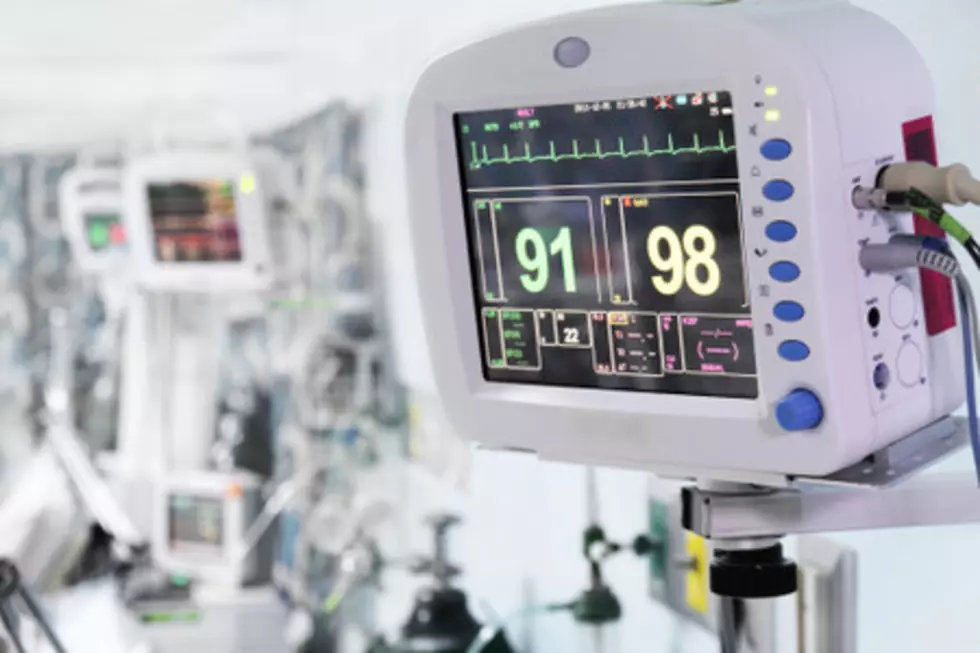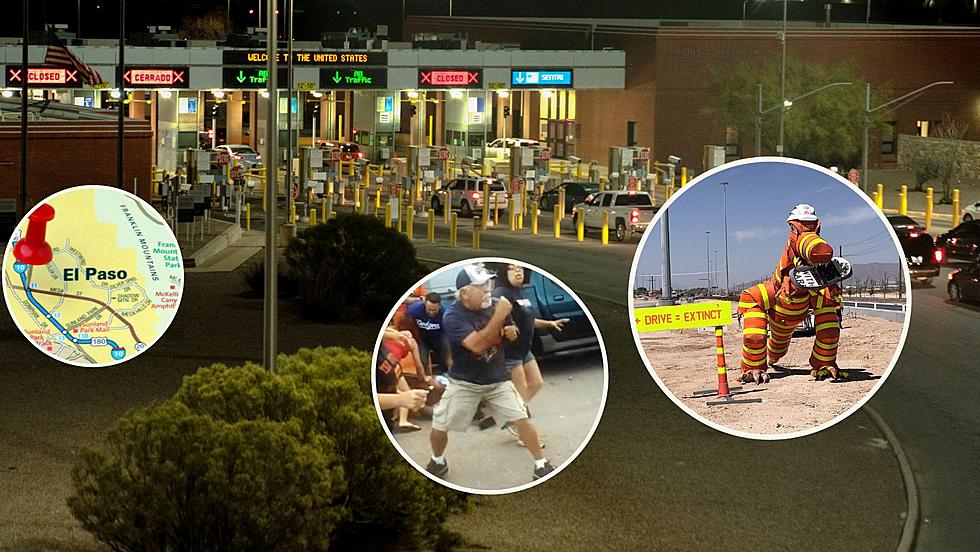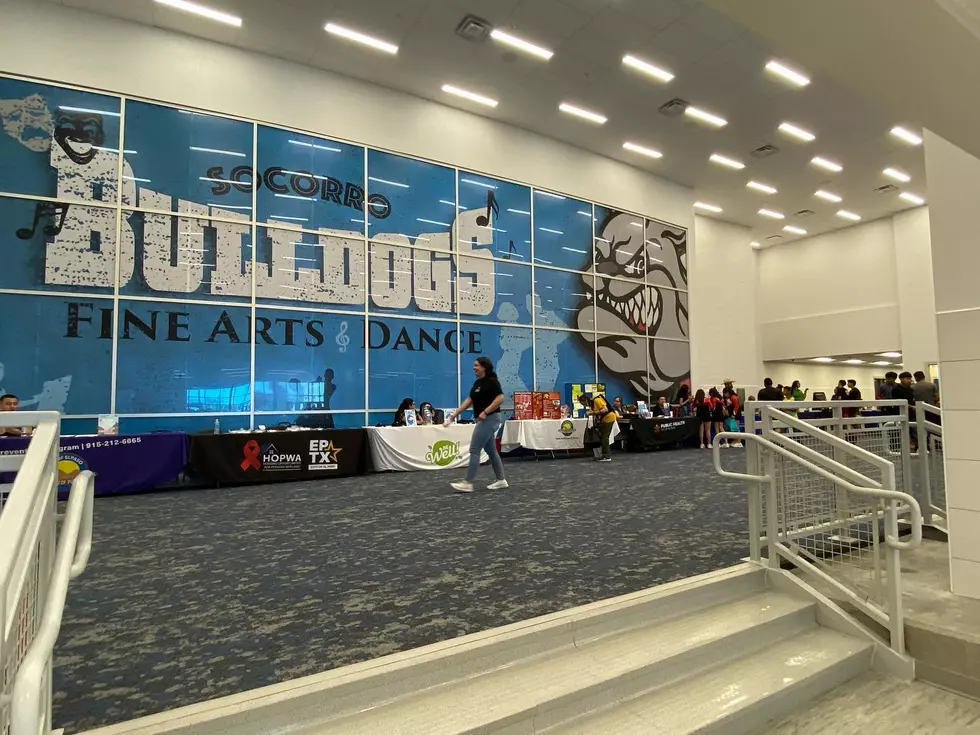
El Paso Save A Life with CPR
I'm sure you've seen signs posted in public places an AED is on the premises. AED stands for automated external defiibrillator, or, more accurately, semi-automated since a human operator is needed. Did you know that the purpose of an AED is to stop the heart, rather than start it? First, if I may quickly make clear 2 common cardiac terms
A heart attack is a plumbing issue: An artery that brings blood to the heart is blocked. Victims are usually conscious, and while they need medical attention quickly, an AED isn't needed because the heart is beating and they victim is breathing.
"Sudden cardiac arrest" is an electrical issue: The heart's electrical system unexpectedly malfunctions. Without warning, the victim collapses and stops breathing. The heart is electrically active, but beating chaotically and unable to pump blood to the brain and other organs. Medical attention is needed immediately or the victim will die.
The term for this is ventricular fibrillation (V-fib or VF). More than 300,000 Americans outside of hospitals die each year from sudden cardiac arrest, according to the American Heart Association. With V-fib, immediate CPR and ready access to an AED is used within minutes to shock the heart into stopping its chaotic rhythm. Once the heart is stopped, its own natural pacemaker may re-establish a life-sustaing pulse.
More From 93.1 KISS FM









